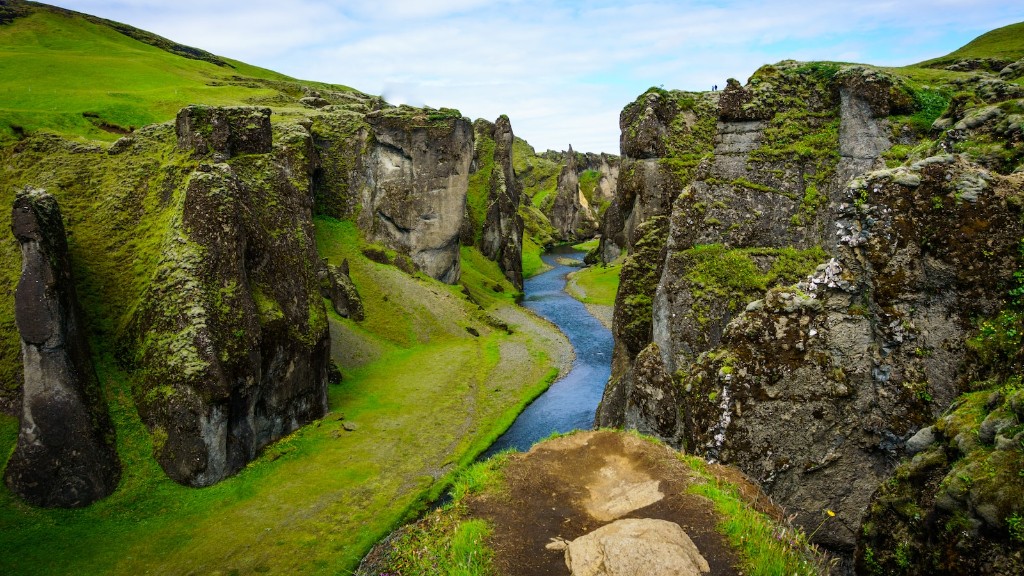The History of Mississippi River Transport
Mississippi River transportation has been around since ancient times. The first known people to use the river were Native American tribes, who used the river to carry goods and supplies up and down the length of the channel. Even after the settlers took control of the area, the Mississippi River was used for transportation and trade. In the 1800s, steamboats were introduced and the river quickly became a major route for transportation and trade. Today, it is still used to move a variety of cargo.
In early times, the Mississippi provided a way for Native Americans to move goods and supplies from place to place. The river was a great source of food, with the fish and other aquatic life providing sustenance to tribes. The river also served as a way to carry tools, tools, and resources up and down the channel. By the 1800s, steamboats had been introduced and the river became an even more important part of transportation. This boom in technology allowed for easier travel, creating more efficient transportation along the entire length of the river.
Steamboats quickly became the main method of transportation for goods and people up and down the Mississippi. The steamboat allowed for faster and more efficient delivery of cargo and is credited with providing the foundation for the development of much of the American Midwest. By the early 1900s, steamboats had moved from a recreational curiosity to a daily necessity. With the rise of the industrial revolution, demand for steamboat transportation increased greatly and the rivers had already become major trade routes.
The introduction of the steamboat also allowed for rapid expansion of the cotton industry. The Mississippi Valley cotton trade soon boomed and the plantations of the Delta area were quickly developed. The wealth gained by this industry allowed for the further development of the ports along the river, increasing trade and providing the necessary infrastructure for even more steamboats to carry goods up and down the length of the river.
The Mississippi River is still used today for transportation of goods and supplies. While steamboat travel is nowhere near as common as it once was, modern barges and ships still use the river. Cargo ships and tug boats carry goods and supplies up and down the river and the many ports along the length of the channel are just as important as ever. The river even serves as a route for international trade and transport.
Though modern transportation and technology have changed the way goods move up and down the Mississippi, the river is still just as important for transportation as ever. The vast network of ports and ships provides an easy means for goods to move up and down the channel, connecting the bustling economies of the Upper, Middle, and Lower Mississippi Valleys. The influx of goods and products into the region also helps stimulate the local economy, creating jobs and providing an important source of trade.
Modern Improvement and Challenges of River Transport
Modern technology has made it possible to make improvements to the Mississippi River’s ability to transport goods. Enhanced navigation systems, improved communications, and smarter vessels all assist shippers. In 2017, the U.S. Army Corps of Engineers completed the project of widening and deepening portions of the channel. The project has enabled larger vessels to either attend an increased load of tonnage or travel faster. Furthermore, ports have been upgraded and revised to deal with the latest requirements.
The trade industry that is the Mississippi River is, sadly, facing many problems. Despite the technological improvements that have been made, the river routes remain constrained by restrictions. One particular hurdle constraining ship operations today is the introduction of safety regulations that vessels must abide to. These regulations are especially in evidence in heavily-trafficked areas such as the Complex Passage near New Orleans – requiring adjusting speeds and adding extra crew.
The pandemic-related restrictions and buffer zone haven taken a toll on trade on the Mississippi for the past year. Up to 10% of barge tow capacity had been lost due to the pandemic and vessels were forced to moor along the river. This further stresses the limitations of the river’s navigability, threatening future trade and commerce.
Shippers and importers must also contend with increasing fuel prices, which further strain the economics of using the river. The increase in fuel costs while shipping can cause some shippers to opt for alternatives, such as trucks and rail, thus avoiding the waters of the Mississippi. These costs are then passed along to businesses and ultimately the consumer.
Environmental Impacts of River Transport
The Mississippi River is a major conduit for goods, supplies, and trade nationwide. However, with increased trade, there are certain environmental costs. Agricultural pollutants, such as fertilizer runoff, are a major problem for the river. This can lead to algal blooms and an excess of plant and animal life in the river, leading to diminished water quality. Further, the dredging of the river for barge transport has a significant effect on river ecosystems, especially for already endangered species.
Unregulated shipping can also pose another environmental problem. Refining and manufacturing at ports near the river can release toxic fumes and smoke into the air. Furthermore, container ships and barges often carry hazardous materials, which can leak or spill into the river, causing serious damage to the environment. The increased presence of ships can also disturb the wetlands and wildlife of the river.
The Mississippi River is an important waterway that connects communities and economies in the Midwest, but it comes with certain environmental costs. Shipping on the river has had detrimental ecological consequences, often with negative effects on already endangered fish and wildlife. The development of better environmental regulations and increased awareness of the consequences of shipping on the Mississippi can help reduce the environmental impact of the trade industry.
Economic Benefits of River Transport
The Mississippi River has been, and still is, one of the most important economic drivers in the Midwest. The river provides transportation of goods and resources up and down the valley. This allows for improved trade between cities and states, and allows business to import necessary raw materials and export manufactured goods. This not only provides economic benefits in the form of jobs, but also boosts local and state economies with the influx of dollars.
In addition, communities along the river benefit from the increased tourism, recreation, and industry that the river provides. The river allows for increased access to natural areas and wildlife, providing an educational and recreational benefit. This influx of tourists and related industries can provide a more diversified economic base for these communities, as well as more job opportunities for their citizens.
The Mississippi River is an important part of the infrastructure of the American Midwest. It has been used for transport for centuries, and provides the communities along its length with a multitude of economic benefits. From trade and tourism to recreation and industry, the Mississippi River remains an important conduit for the American economy.
Safety and Security Practices on the Mississippi River
The ever-increasing number of vessels on the Mississippi River highlights the need for security and safety measures. This is furthermore compounded by the presence of waterways adjacent to military installations and other sensitive sites. As such, both the United States Coast Guard and the US Army Corps of Engineers are mandated to manage, inspect, and monitor the safety of the river.
To further ensure security and safety, the two bodies have implemented different measures. Coast Guard missions include the enforcement of maritime law and conducting vessel searches. The U.S. Coast Guard also inspects vessels for contraband, as well as illegal aliens, drugs, and weapons. The United States Army Corps of Engineers also has periodic waterway inspections, where civilian and military vessels submit information to the Corps.
The Coast Guard and the Corps of Engineers provide additional safety measures to protect those that use the river. Inspections ensure vessels follow the regulations, thus enhancing safety onboard. Furthermore, these bodies also undertake patrols on the water to detect any illegal activities.
Aside from providing welfare and safety, these bodies have also worked towards improving the conditions at ports and public wharves. Infrastructure and design improvements were conducted to better address security concerns, such as pollution and navigational incidents.
Conclusion of River Transport on the Mississippi
Mississippi River transportation has been used since ancient times and has been essential to the growth of the region throughout the centuries. Today, it is still a major source of transportation and trade, with modern vessels and technology allowing for improved efficiency and lower costs. The river is also an important economic driver, with its presence providing many benefits in the form of trade, tourism, and industry.
However, with any form of transportation there are also certain environmental, safety, and economic costs associated. The river is vulnerable to pollutants from agricultural runoff and increased shipping can have negative effects on wildlife and the local environment. In addition, increased fuel costs and safety regulations can present higher burdens for shippers. Lastly, organizations tasked with monitoring and maintaining security have provided additional regulations and inspection procedures for vessel operations.
The Mississippi River is an important part of the economy and infrastructure of the American Midwest. Its trade and transportation industry continues to prove beneficial to businesses, citizens, and the regional economy. Understanding the costs and benefits of Mississippi River transportation is critical to ensure that this essential trade route continues to prosper.





